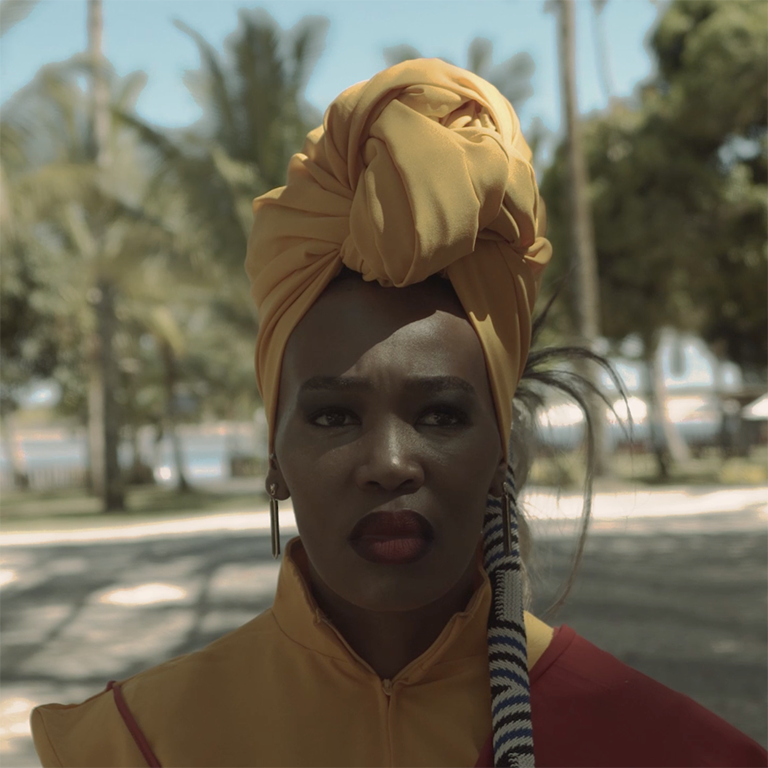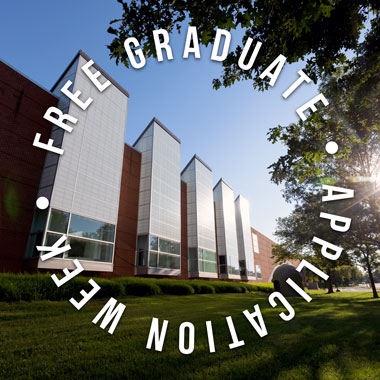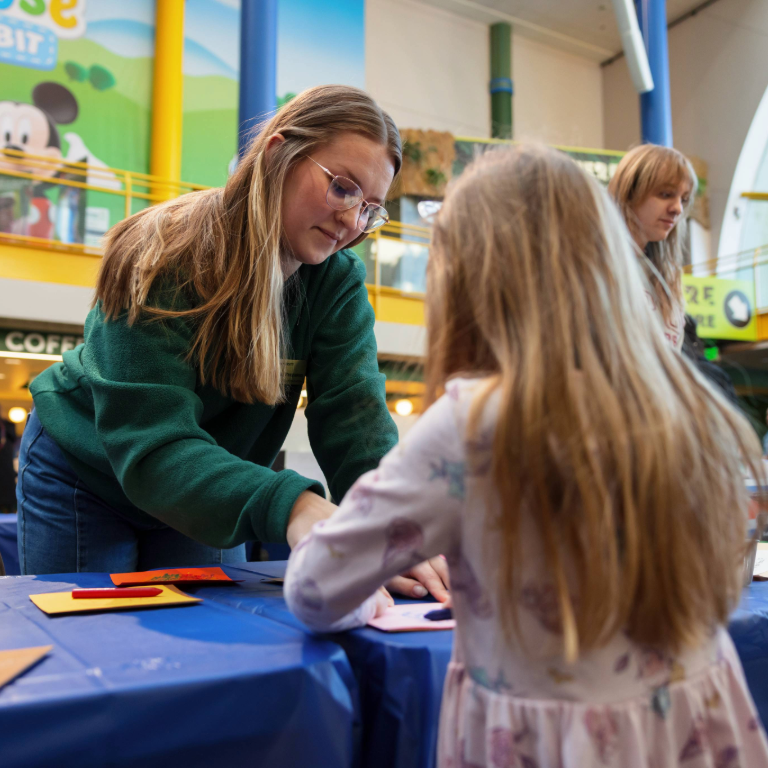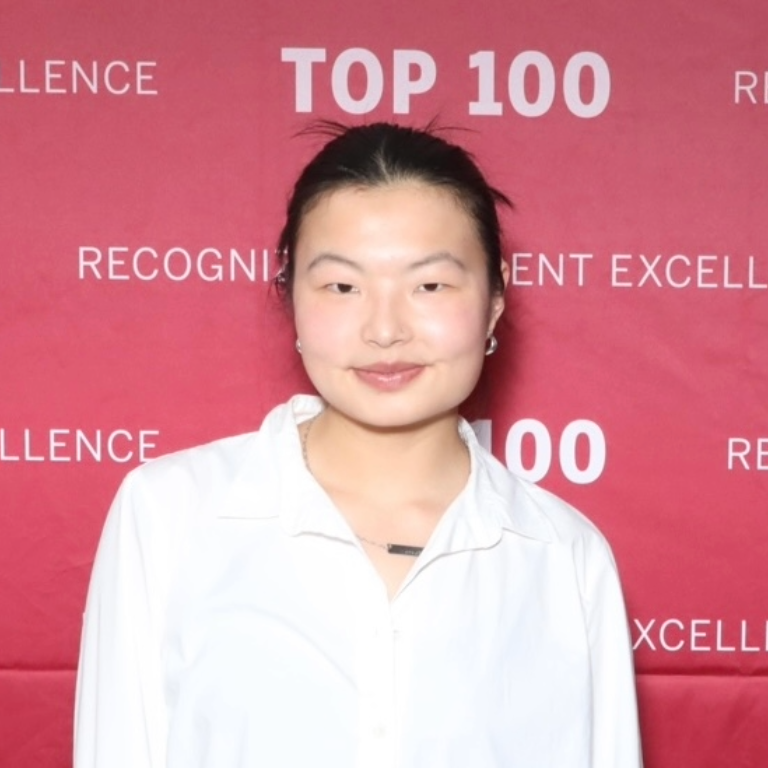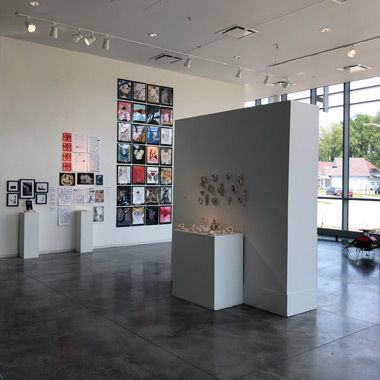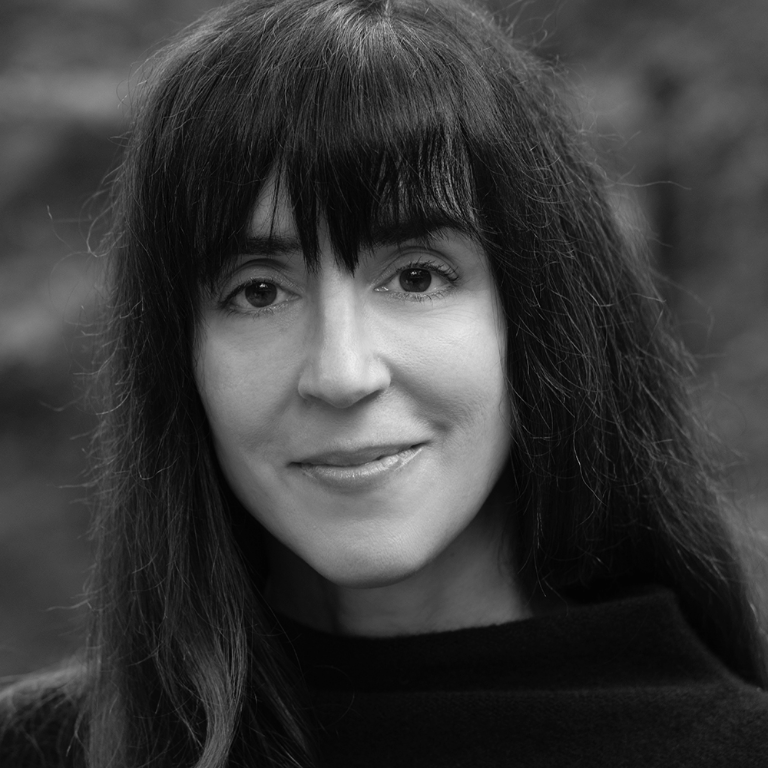This Q&A is part of a series about Herron's Distinguished Alumni Award recipients, their careers, and the impact they've had on their communities through exceptional practice and/or dedication to the school.
The 2020 Distinguished Alumni Award goes to Dr. Antonia Laurence Allen (B.A. Art History '96), Curator for the Edinburgh and East Region of the National Trust for Scotland. While the announcement and presentation of the award were delayed due to the pandemic, Laurence Allen was honored on May 15 during Herron's 2021 Virtual Recognition Ceremony, where she encouraged graduates to "take your river and don't let anyone stop you going in the direction you're wanting to go in."
Laurence Allen earned a Bachelor of Arts in art history and a museum studies certificate from the IU School of Liberal Arts at IUPUI in 1996. She also has an M.A. in art history, criticism, and conservation from the University of British Columbia, as well as a Ph.D. in photography history from the University of St. Andrews. She has over 20 years of experience in art education, interpretation, and curatorial work across the United States, Canada, and Scotland.
HERRON: What originally piqued your interest in pursuing an art history profession?
ANTONIA LAURENCE ALLEN: I did a lot of painting when I was younger, and I enjoyed learning from artists like Van Gogh and Cezanne. I tried mimicking their styles. I also loved English, particularly decoding poems and writing about the metaphors and symbolism in Shakespeare's plays.
Art history is a wonderful combination of the visual and the written word, and a naturally happy place for me.
HERRON: Tell us a little bit about your areas of expertise and scholarly research? What piques your interest the most?
LAURENCE ALLEN: I've always been interested in cultural and social history, but I just love doing formal analysis – that is, taking a work of art and just describing it; the shapes and forms, the symbolism and the tones. It's a luxurious thing for me to do.
When I was at Herron, I became really interested in modernist photographers such as Imogen Cunningham. Then, as part of my MA, I got the chance to link sociological and political theories to the creation of art, which sparked my interest in anthropological approaches to art-making. I became especially interested in exhibition theory and the history of museums, particularly how and why art is exchanged and displayed.
This carried me through to my Ph.D. research, which focused on the consumption of photography in Scotland and has informed my current work on the material culture of interiors. I research how art of all kinds is consumed, traded, and displayed in everyday life, from furniture to ceramics, paintings, and textiles, and what this reveals about people's desires, fears, and needs. I'm currently writing a book chapter about how trade influenced the display of paintings in early modern Edinburgh.
HERRON: What new information did you learn as a result of your doctoral dissertation?
LAURENCE ALLEN: People love photographs because they are a tangible memory: an image is made with light that has touched the subject then touched the camera's lens. What I learned was that this magic made some people very wealthy while bankrupting hundreds of others.
As commercial photographers set up studios and vied for business, they had to be really savvy and offer niche products. Only those who were good at business survived, which is obvious when you think about it, but what I discovered was what factors had to be in place for a studio to flourish. For example, the studio had to portray itself as a safe and respectable place for women. It also had to cater to the upwardly mobile middle classes. The photographers had to keep their prices high (too low and profits would plummet) and call themselves an artist (distancing themselves from the mechanics of the camera that hinted at working class industry).
HERRON: What words would you use to describe your approach to scholarship?
LAURENCE ALLEN: Rigorous, curious, and spider-like. I follow a web-like pattern when researching, attempting to understand the link between events, people, places and objects that, at first, are close by each other but not clearly connected.
When I first began researching for my Ph.D., I used a poster-sized piece of white paper to jot down themes and topics I came across in the Victorian photography journals. The end result was a spider's web with the word "photograph" in the center and words like "travelogue" or "landscape" that I had linked with places like Dundee or photographers like George Washington Wilson. What was a series of seemingly random ideas began to be woven together by the evidence I was finding, which in turn created a picture that allowed me to set out my chapters.
HERRON: As the National Trust for Scotland's Curator for the Edinburgh and East Region, what does a typical day look like for you?
LAURENCE ALLEN: I work largely from home and spend at least 30% of my time at properties. My job as an internal consultant is to advise and guide the property staff on the best ways to display and interpret interiors and collections. I may have a meeting to discuss the strategy for re-designing an entire property, or I may be meeting with an upholsterer at a particular property to discuss new carpets and floor coverings for 17th and 18th century rooms.
We have monthly curator meetings, and I meet with the regional conservator once a week. These catch-ups are important because we work on similar projects across Scotland and can advise and help one another. I will also be responding to collection-related inquiries, either from researchers or from students who work with me on research projects.
This week, I'm in the national archives looking through household inventories from the 1690s, editing a chapter about a 19th-century painter, and writing an acquisition report to explain the reasoning behind a potential purchase.
HERRON: You also manage the National Trust for Scotland's collections of thousands of historic photographic images. What is the Morton Photography Project?
LAURENCE ALLEN: When I started my job in 2014, a charity called the Morton Trust offered us funding for a photography project. I created a program to help people understand, use, and promote the NTS's photo collections, which are generally held in archives at properties and are often overlooked. After initiating a survey of the collection, I focused on a few key collections, including one on the Isle of Canna in the Hebrides and another in Kirkcudbright in the Scottish Borders. Both of these collections were vast and untapped, telling stories about property owners and their use of the camera to document other people's lives.
We learned a great deal about an American, Margaret Fay Shaw (who came to Scotland from Pittsburgh in the 30s), who ostensibly documented Hebridian working life in the mid-20th century. We also established the creative process of a Scottish artist, E. A. Hornel, whose paintings relied heavily on the camera. He amassed thousands of photographs of women and girls taken in his hometown as well as during travels through Japan, Sri Lanka, and Burma. This work resulted in conferences, journals, an exhibition, and a publication.
HERRON: Through online stories (e.g., "Why do we collect shells?"), videos, and behind-the-scenes tours, you've shared your knowledge and contextualized historic objects and artworks. How do you take advantage of these opportunities to heighten the general public's awe of art history? Is this a skill set you acquired while serving as Head of Education at the Art Gallery of Hamilton in Ontario, Canada?
LAURENCE ALLEN: It is also a product of my time spent working at the Children's Museum in Indianapolis while attending Herron. This museum exemplifies what I think a museum should be: fun, engaging, noisy and full of excitement and surprise.
I remember being astounded (and annoyed) at the IMA at the time, which was very different from what it is today. The art museum was quiet, like a mausoleum. While I advocate for reverence for art, I do not think it is always best expressed in silence. Museums, in my opinion, are places to muse—to think, of course, but also to debate, be active, ask questions, laugh, and exchange ideas.
This is why, when I graduated in 1996, I wanted my professional work to be somewhere in the area between curatorial and educational. This gap (and it was a large one) has now been filled by the field of interpretation, which is where I feel most comfortable. I absolutely love challenging myself, and the students I work with, to boil down large concepts into as few words as possible.
HERRON: Is there a curatorial project, recent or past, that you're particularly proud of or enjoyed working on?
LAURENCE ALLEN: That's a difficult one. I'm currently working on a project at Culross, a 16th century village near Dunfermline in Fife. The house NTS looks after hasn't been updated since it was first opened to the public in the 1980s. I have wanted to do some interventions and re-displays there since 2016. It is a popular tourist destination and a frequent filming location for "Outlander." As an aside, one of my responsibilities is to be on-site during filming to offer support to the film crew and ensure that original interiors and collections are protected.
Anyway, it's exciting to be actioning plans that the staff and I have been discussing for years. We're installing new lighting and soundscapes, such as crackling fires, 17th-century music, chanting monks (there was an abbey in Culross), and wind and waves. In addition, we're clearing rooms of excess furniture and reviewing the modes of interpretation. This is all done to give visitors a more atmospheric experience and to tell more stories about village life. I love to see historical research coming to life!
HERRON: What do you think of and what inspires you as you walk through the halls or sift through boxes of historic collections?
LAURENCE ALLEN: I am a custodian of objects in this moment; people have come before me, and people will come after me. What I want to do is pay tribute to the past while also inspiring the future. One of the absolute joys of my current job as a curator of historic houses is being along in a room, with 17th century Dutch still-lifes or 16th century painted decoration, at the start or end of the day. I often wonder if the people who stood in the same room, maybe 400 years ago, would approve of what we’ve done with the place.
HERRON: What key lessons did you learn at Herron?
LAURENCE ALLEN: Quite simply it is where I absolutely knew I was good at being an art historian.
HERRON: What is the best piece of professional advice you've received that you can share with aspiring art educators, art historians, art therapists, artists, and designers?
LAURENCE ALLEN: See the big picture. Every job will have its boring and frustrating moments, but if you can say that for a good percentage of the time you are doing something you are good at, enjoy, and it feels like a contribution to the world, then you are on the right path.
HERRON: What is your all-time favorite photograph, and why?
LAURENCE ALLEN: That is SO hard! I'll go with the photo that just popped into my head, "Wall Street" by Paul Strand (1915). It is the juxtaposition of the stark behemoth of stone that rears up behind the shadowy outlines of lone figures walking in the shafts of sunlight on the street below. It is at once beautiful and terrifying and makes me think of "Death of a Salesman," the flawed reification of capitalism, and the sheer hubris of humankind. It's also just a stunning composition – a perfect pitch of light and shade – and it's one of the photos that drew me into photographic history when I was at Herron.
HERRON: What is the one question you wish we had asked, and what is your response?
LAURENCE ALLEN: "Why is studying art so important?" Because it helps you see and decode society and culture; this is something that will help everyone make conscious decisions in life, no matter what job they choose to take or life they opt to lead.



